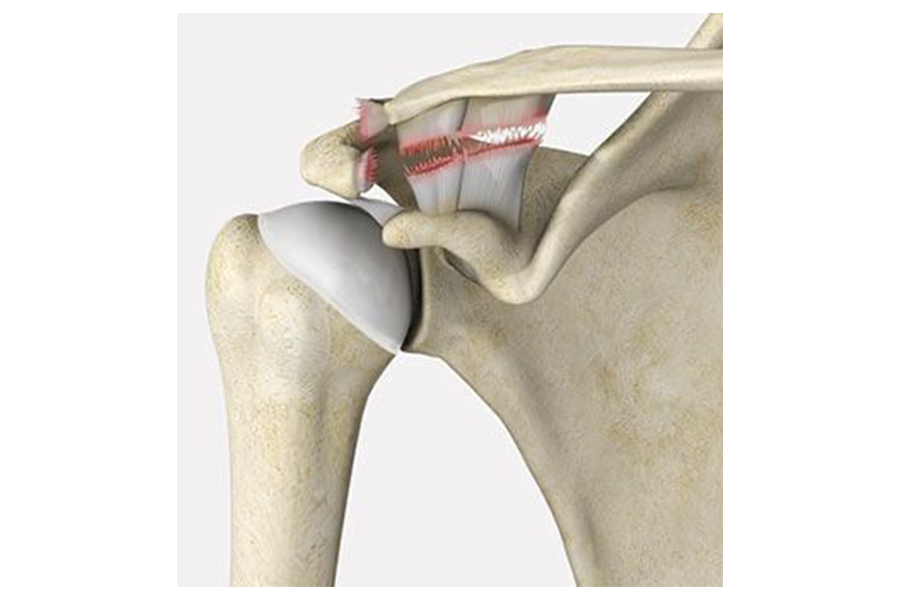- +91 7012749886
- [email protected]

An acromioclavicular (AC) joint injury is a type of shoulder injury that involves damage to the acromioclavicular joint, which is the joint that connects the collarbone (clavicle) to the highest point of the shoulder blade (acromion). This joint is an important part of the shoulder complex and plays a role in stabilizing and allowing movement of the shoulder.
AC joint injuries are common, especially among athletes and individuals who engage in activities that put stress on the shoulder. These injuries can range from mild to severe and are often classified into different grades based on the extent of damage:
AC joint injuries can occur due to various mechanisms, including direct trauma to the shoulder, falling onto an outstretched arm, or through repetitive stress on the joint. Symptoms typically include pain, swelling, deformity, tenderness, and limited shoulder mobility. In some cases, a visible bump may appear on top of the shoulder where the joint is located.
Treatment for AC joint injuries depends on the severity of the injury:
Rehabilitation and physical therapy are essential components of recovery for AC joint injuries, helping to restore strength, stability, and range of motion in the shoulder. The specific treatment approach will be determined based on a number of factors and on a thorough evaluation of the injury by us.
Dr. Vishnu Unnithan has done extensive research in AC joint injuries and presented papers in National (IACON 2018 Coimbatore) and International (SICOT Orthopaedic World Congress 2018 Montreal, Canada) conferences regarding the above injury and its treatment.
It's important to seek medical attention if you suspect an AC joint injury to receive an accurate diagnosis and appropriate treatment to prevent long-term complications and ensure a successful recovery.